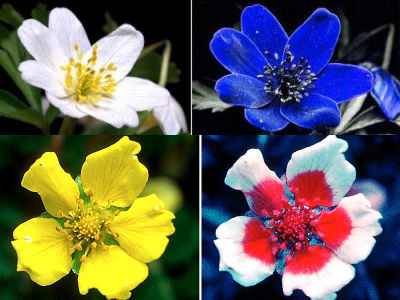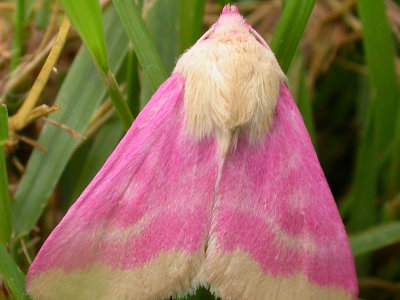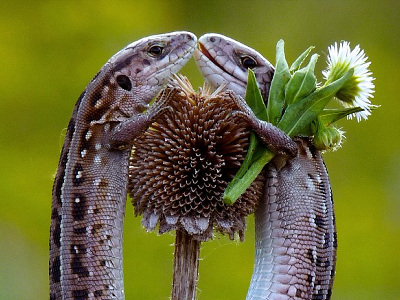Botanists have a bias that makes it easy to choose 'beautiful flowers' as research subjects

by
Many people prefer beautiful flowers to plain flowers, and prefer colorful flowers for planting in garden flower beds or veranda planters. A similar trend seems to exist among botanists, with Kingsley Dixon , a botanist at Curtin University in Australia, saying, 'Botanists have a bias that makes it easier to choose beautiful-looking flowers for research. I point out.
Plant scientists' research attention is skewed towards colorful, conspicuous and broadly distributed flowers | Nature Plants
https://www.nature.com/articles/s41477-021-00912-2
Scientists are more likely to study bold and beautiful blooms, but ugly flowers matter too
https://theconversation.com/scientists-are-more-likely-to-study-bold-and-beautiful-blooms-but-ugly-flowers-matter-too-160601
The Alps in southwestern Europe is a place of outstanding biodiversity and has been a major field of botanical research for nearly 200 years. However, in recent years, it is said that rare plants are in danger due to the influence of climate change.
Famous flowers in the Alps include Edelweiss, which spreads white leaves like stars around the flowers, and gentian and delphinium, which bloom bright blue flowers.
On the other hand, small sedge plants and Alchemilla alpina (lady's-mantle / woman cloak) also exist small sober plants such as. Although some of these less noticeable plants are rare or ecologically important, Dixon points out that these plants are often overlooked.

Therefore, Dixon et al.'S research team investigated 280 papers on plants inhabiting the Alps published from 1975 to 2020, and investigated what kind of plants are treated as research subjects. .. The research team analyzed the relationship between the frequency of focus in the treatise and characteristics such as plant color, shape, and conspicuity.
As a result of the analysis, it became clear that colorful flowers such as white, red, and pink and large and conspicuous plants tend to be easily picked up in the research, and sober and inconspicuous plants that are green or brown tend to be hard to be picked up. The one that was most noticeable was the plant with blue flowers, which is rare in nature. On the other hand, interestingly, 'plant rarity' did not have a significant effect on the frequency of research.

The importance of species is often unknown until a thorough investigation, and even plants that do not bloom beautifully or are useful for food can be valuable habitats and food sources for animals. .. In some cases, it is only by investigating the nature that it becomes clear that it has characteristics that are useful to humans.
This prejudice, rooted in botanists, can lead to overlooking plants that are visually unobtrusive but important to the ecosystem or require urgent conservation, Dixon said. 'It is important to control our prejudices in plant science in today's world of urgent species conservation,' he said.

Related Posts:







